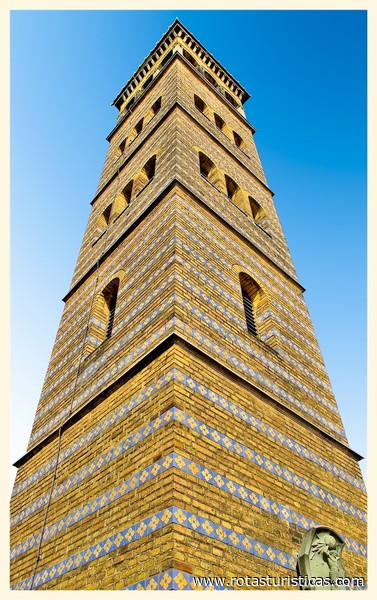Berlim, Berlim, Germany
Suggest Place to Visit
6865
Track to location with GPS |
 |
The Protestant Church of the Redeemer (German: Heilandskirche, Latin: S. Ecclesiae sanctissimi Salvatoris in portu sacro) is located in the south of the village of Sacrow, which since 1939 has been incorporated in Potsdam, capital of the German Bundesland of Brandenburg. It is famous for its Italian neo-Romanesque architecture with a separate bell tower (bell tower) and for its location. It was built in 1844. The project was based on drawings by King Frederick William IV of Prussia, called Romantic on the Throne. The building was made by Ludwig Persius, the king's favorite architect.
The church is situated on the shore of Lake Jungfernsee, a part of the Havel River, 300 meters south of Sacrow Manor, on the edge of its park, designed and expanded in the 1840s by landscape architect Peter Joseph Lenné. The church and manor were restored in the 1990s. They are part of the landscape of Potsdam Havel. This area of lakes, forests, parks and castles has been classified as a World Heritage Site by UNESCO. Although the direct distance from the city of Potsdam via the Jungfernsee is no more than 1.2 km (2/3 miles), the distance by road is greater than 10 km (6.2 miles).
Little is known about the first church at Sacrow. The first church was in the middle of the village and was built with stones. It probably collapsed during the Thirty Years' War (1618-1648). The first description is found in a chronicle written in 1661, when Father de Fahrland became responsible for the parish.
In 1694, a half-timbered church was erected in the same location, above the arches in the crypt of the previous building. Johann Andres Moritz, pastor of Fahrland from 1774 to 1794, in his diary gave a detailed description of life in the village and the changing owners of the mansion built in 1774. Theodor Fontane integrated parts of these records in his travel diary Wanderungen durch die Mark Brandenburg (hiking through Mark Brandenburg). As quoted by Fontane, Father Moritz in 1790 expressed his distaste for the care of the remote parish: "Meine Pfarre ist eine beschwerliche Pfarre. Sakrow (nur Filial) liegt eine Meile ab ... es ist in allem betrachtet ein verdrießlich Filial, und doch muß ich es alle 14 Tage bereisen. Gott! Du weißt es, wie ich dann ... bis Abend fahren und reden muß, wie sauer es mir jetzt wird .... "(" My parish is an exhaustive parish. Sakrow (only a subsidiary) is a league away ... in general, it should be considered a boring subsidiary and yet I must travel there every fortnight. God! You know that, as I then ... I must travel to the night and talk, how it makes me sick now ... ") After the death of Father Moritz, in 1794 Sacrow was transferred to the parish of the Church of St. Nicholas, Potsdam. After 1808, it was returned to Fahrland.
The small half-timbered church became unusable after 1813 and had to be demolished in 1822 because it was in danger of collapsing. The congregation met in a prayer room in a house near the mansion. This was the situation until the Church of the Redeemer was completed in 1844.
Over the centuries, the village of Sacrow and its mansion have changed hands many times. In October 1840, Friedrich Wilhelm IV bought the property for 60,000 thalers and added it to his land in Potsdam a month later. Long before the purchase, the king had designed a church building for Sacrow. The new building was suitable for a cove, a port where Havel fishermen could seek shelter with their boats during storms. For the king, the place was quite symbolic: he saw the ship as a bulwark against the storms of life. The church seal alludes to this with its Latin inscription: S. Ecclesiae sanctissimi Salvatoris in portu sacro (Church of the Most Holy Redeemer in the Sacred Port).
Ludwig Persius, the court's architect, turned the king's sketches into a building and placed his colleague, Ferdinand von Arnim, in charge of the construction process. The church extends to the water and gives the impression of a royal ship anchored near the lake shore. This project consumed a third of the current overall construction cost of 45,234 thalers and 27 silver grosch. The palace was used as a parish house for the church. Construction began in 1841 and the festive opening of the church took place three years later, on July 21, 1844.
From 1842, landscape architect Peter Joseph Lenné designed the church grounds, the cove, the Sacrow Palace park and a house rented in Italian style (1843/44) by Persio called "Zum Doctor Faustus", which was further away from the east. In her usual way, Lenné designed wide walking trails and a wide view of Glienicke and Babelsberg parks, the New Garden, Potsdam and the city of Potsdam itself. Through its transformation of the landscape, Sacrow Park of more than 24 hectares (about 60 acres) was incorporated into Potsdamer Havellandschaft.
After dedication on July 21, 1844, Sacrow remained an independent congregation for only four years. Then it became part of the parish of Igreja da Paz in Sanssouci and, from 1859, it belonged to the parish of Bornstedt. The final change came in 1870, when the congregation of the Church of the Redeemer was merged with the parishes of Klein-Glienicke (later part of Neubabelsberg) and the District of Stolpe (now Berlin-Wannsee), and the Church of Ss. Peter and Paul on Nikolskoë, together forming the Evangelical Congregation of Neubabelsberg.
On December 22, 1941, the official German Evangelical Church called for appropriate action by all bodies of the Protestant church to prevent non-Aryans from being baptized in all walks of life of the Protestant church. Many congregations dominated by German Christians followed suit. However, the Evangelical Congregation of Neubabelsberg delivered a list of signatures in protest against the exclusion of stigmatized Protestants of Jewish descent.
The construction of the Berlin Wall in August 1961 led, in the following decades, to major damage to the Church of the Redeemer. The barrier along the border between the Democratic Republic of East Germany (DDR) and West Berlin was built in front of the church's grounds and the steeple was used as part of the protective concrete wall. The church nave was at the bow between the wall and the ledge. Despite these circumstances, regular services were still held at the church until Christmas Eve 1961. A few days later, the interior of the church, which was in an area strictly controlled by GDR frontier troops, was spoiled - with some certainty by the troops. . In this way, the church was deactivated for later use. The border authority has created a reason to close the church completely in order to prevent any escape from that section of the border.
Out of the reach of his parish, the church deteriorated year by year. In the late 1970s, it became apparent from the bank of the Havel River in West Berlin that the building was in substantial danger. The tin surface of the roof has become fragmentary. Some edges of the ship were occupied by plants. The people in West Berlin started a campaign to prevent the church from decaying. Much of the credit for preserving the building comes from Richard von Weizsäcker, then mayor of West Berlin. By prolonged negotiations with the competent Protestant church body, the Evangelical Church in Berlin-Brandenburg and GDR authorities and the promise to share the costs, he won the East German section of the Berlin-Brandenburg evangelical church to organize restoration of the outside construction. At the beginning of the works, in 1984, the sculptures of the Twelve Apostles were saved and stored. Other wooden furniture, like the twelve dogs and the gallery, shown by photos taken in 1981, were lost.
In November 1989, the Iron Curtain fell and, on Christmas Eve 1989, the service was held again at the Church of the Redeemer, after almost three decades. The interior was still destroyed.
In the years 1993 to 1995 the building underwent a wide restoration. Preparatory investigations began in 1990. Designated architects cooperated with the Monuments Commission and the Church Building Authority. They used old drawings and black and white photos to reconstruct lost structures. However, the consoles of the apostle's statuettes are freely modeled from historical originals from abroad. And the figurines were placed without the knowledge of their original distribution.
Eight hectares of the garden areas designed by Peter Joseph Lenné were totally destroyed during the fortification of the border and the park of the Mansion Sacrow was abused by the construction of garages and kennels, as well as the typical border interface for the training of customs dogs. The park has been rebuilt since 1994.
The parish was dissolved in 1977. Consequently, the parish of Sacrow is part of the Pentacost Protestant parish in Potsdam. Since the restoration of the Sacrow building in 1995, it has once again been the site of regular services. Several shows were given there as well.
Comments
We don´t have yet any comments about:
Church of The Redeemer
Church of The Redeemer
Be the first to leave a comment as it is very important to inform other people
Outros locais a visitar
Within a radius of 20 km from:Church of The Redeemer
Castillo de Sacrow |
| 0,4 Km |
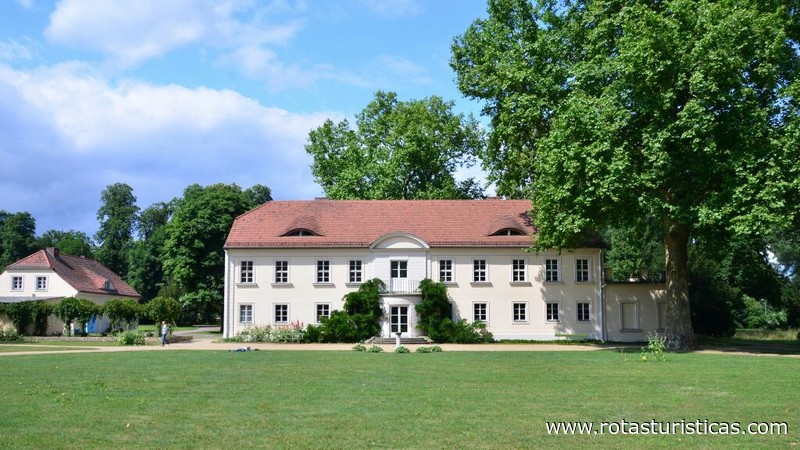 |
San Pedro y Pablo |
| 1,4 Km |
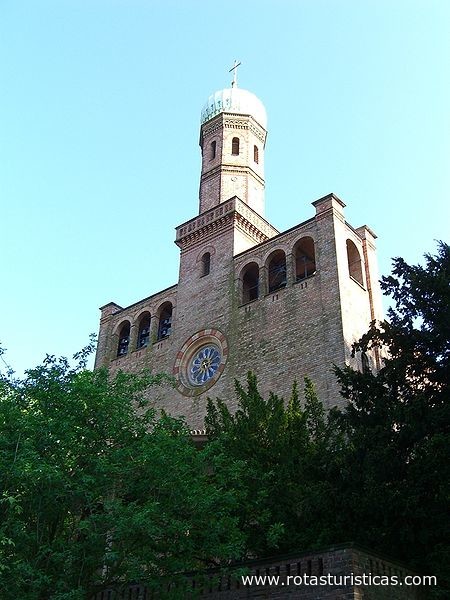 |
Parque de Babelsberg |
| 2,3 Km |
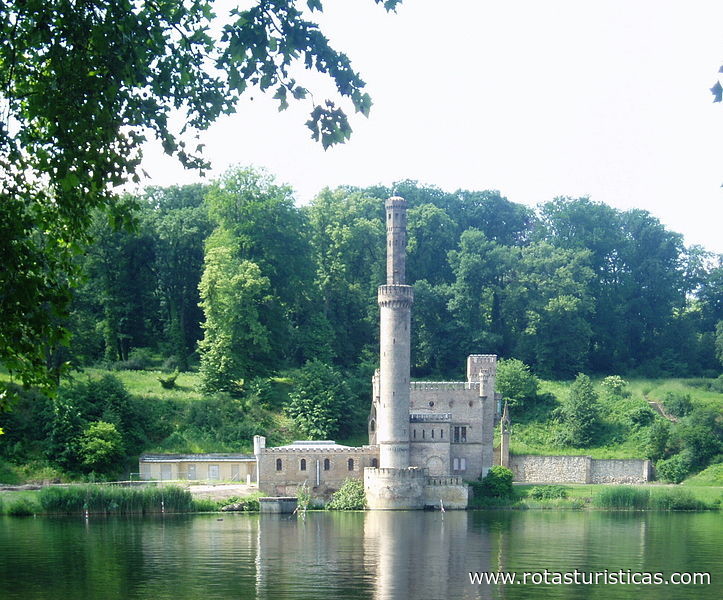 |
Parkland New Garden |
| 2,8 Km |
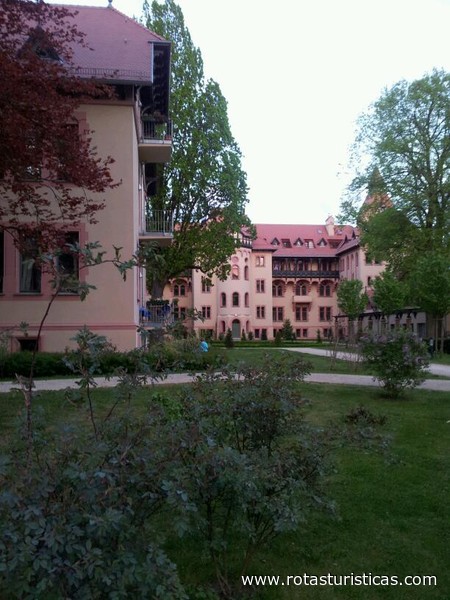 |
Volkspark Potsdam |
| 3,2 Km |
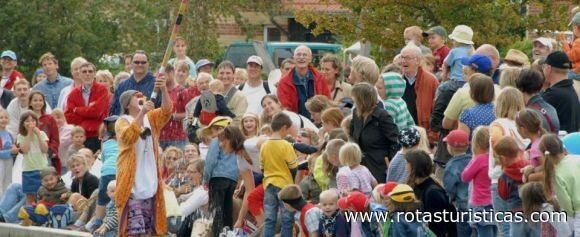 |
Potsdam de pie |
| 3,2 Km |
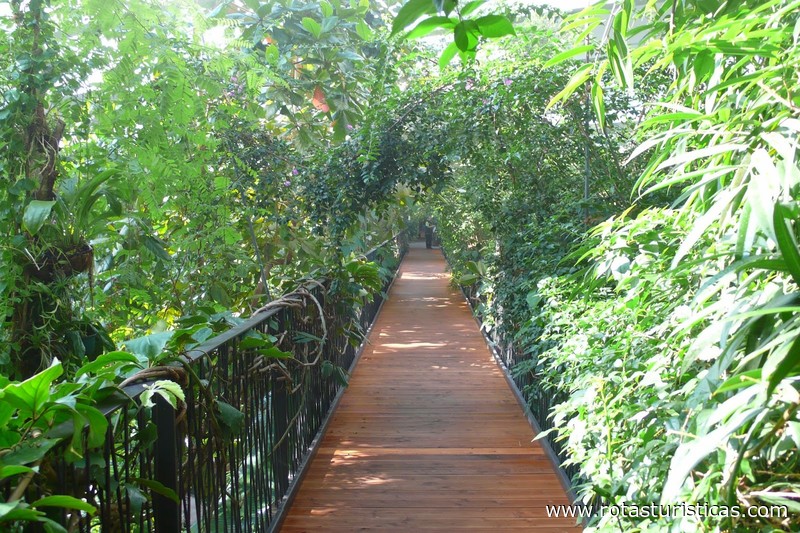 |
Iglesia de San Nicolás |
| 4,0 Km |
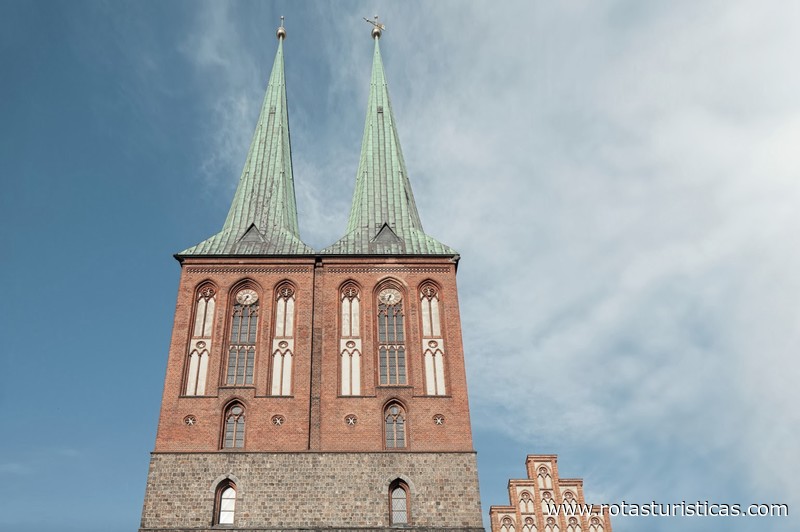 |
Museo de Cine de Potsdam |
| 4,2 Km |
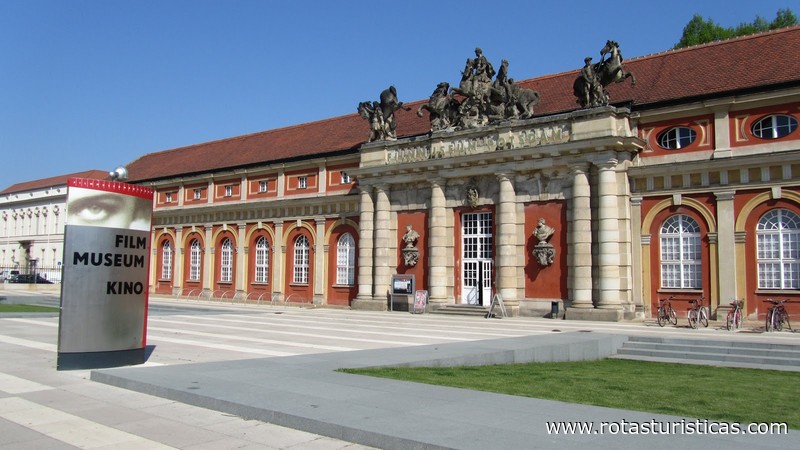 |
Montaña de las ruinas |
| 4,2 Km |
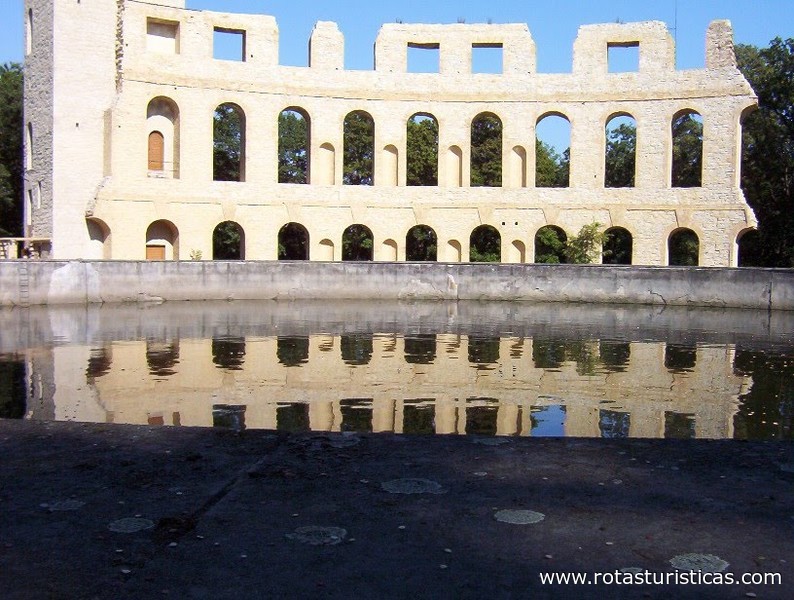 |
Iglesia de la paz |
| 4,5 Km |
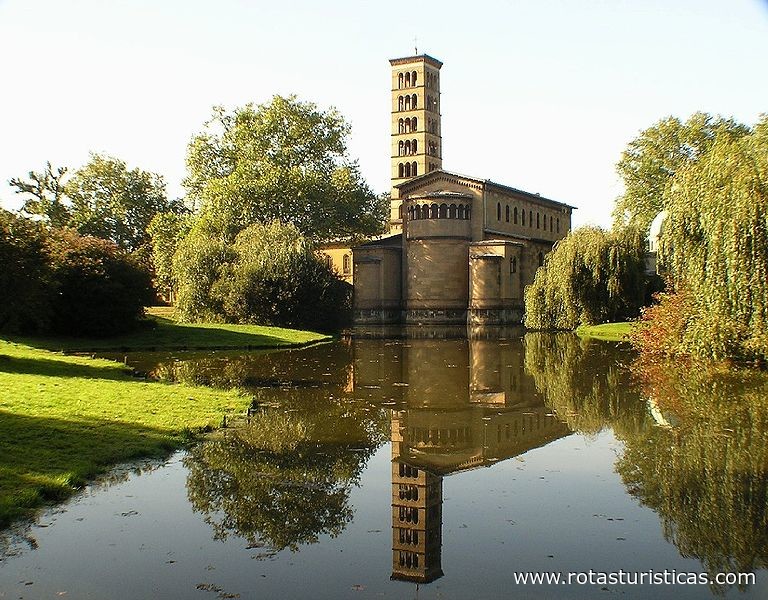 |
Villa Liebermann |
| 4,6 Km |
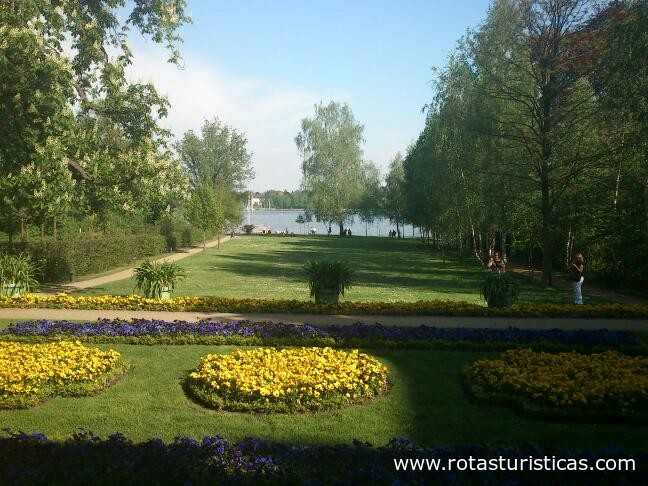 |
Parque Sanssouci |
| 4,7 Km |
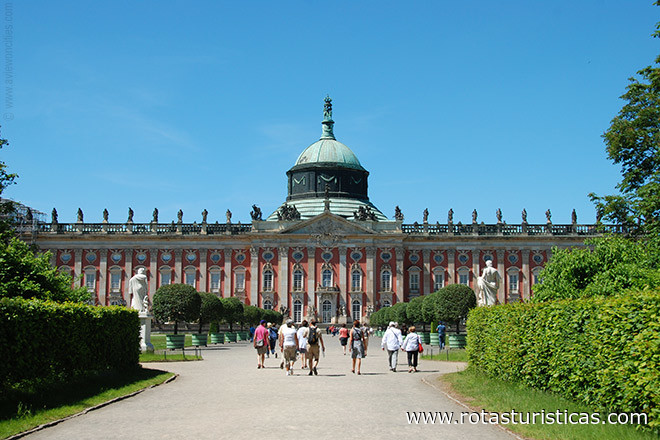 |
Casa de la Conferencia de Wannsee |
| 4,8 Km |
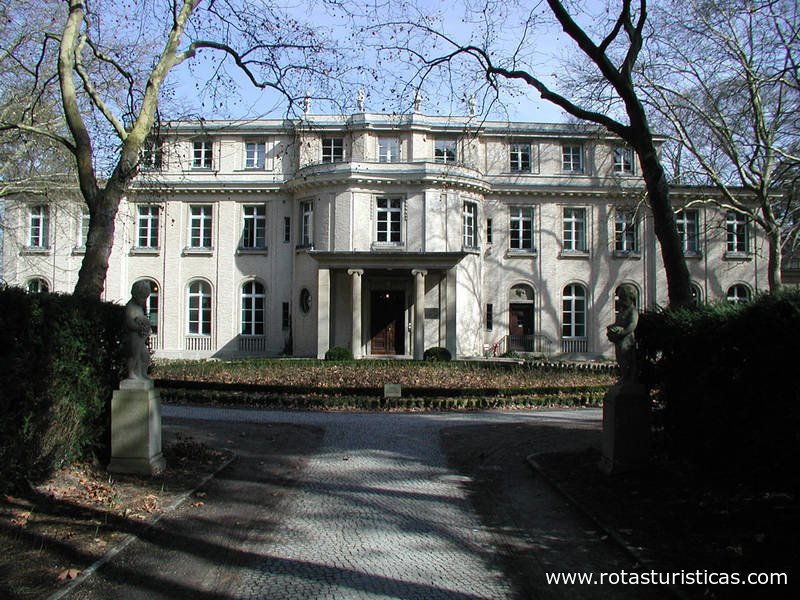 |
Iglesia del Redentor |
| 5,2 Km |
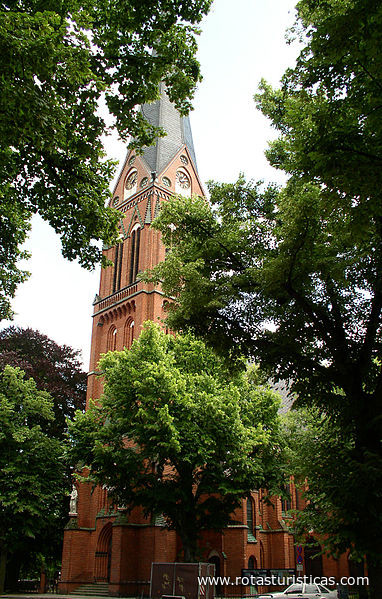 |
jardín Botánico |
| 5,3 Km |
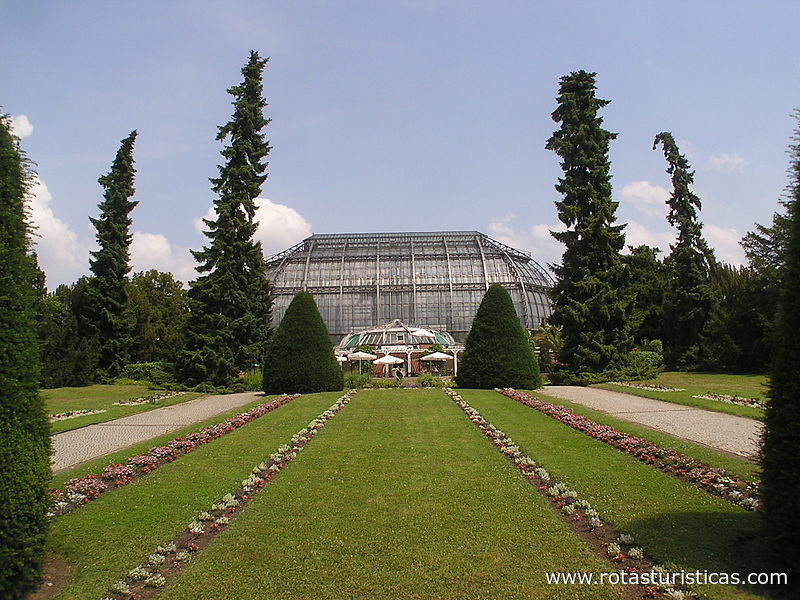 |
Wannsee lido |
| 5,8 Km |
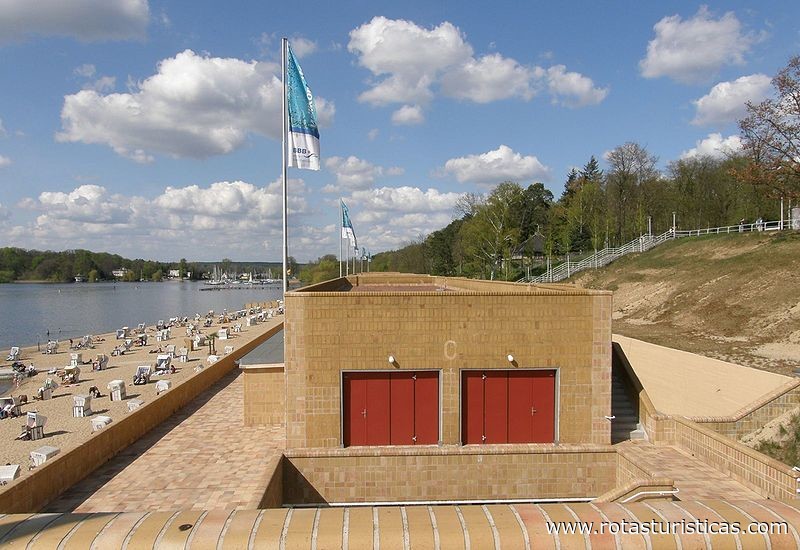 |
Palacio de Charlottenhof |
| 5,8 Km |
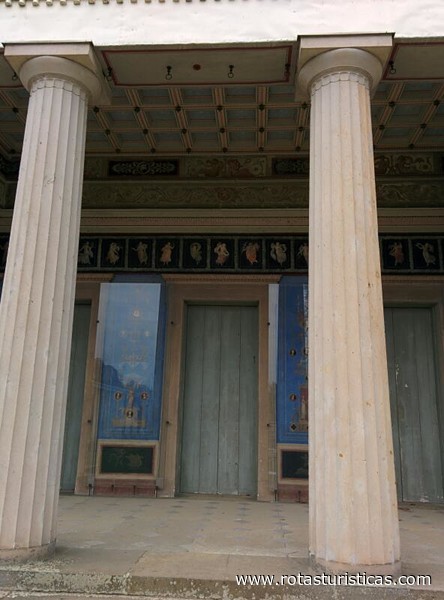 |
Palacio Nuevo |
| 6,1 Km |
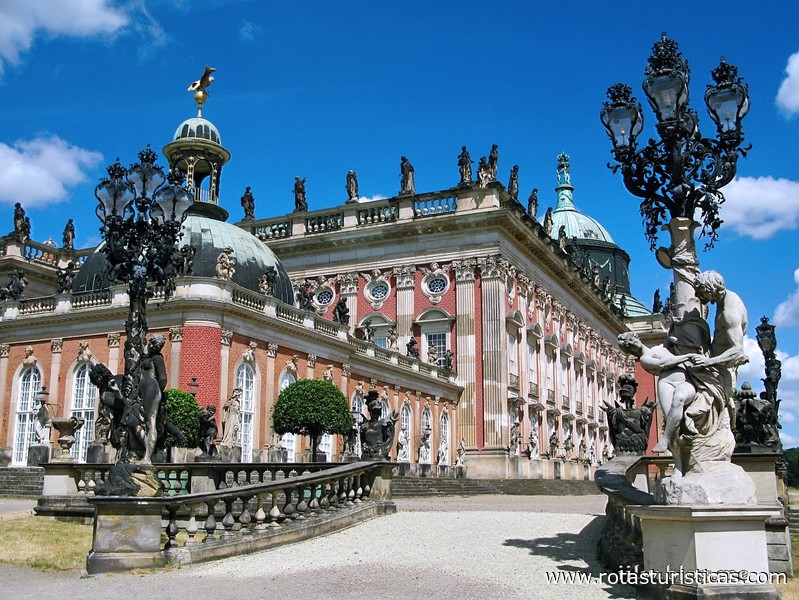 |
Castillo de Marquardt |
| 9,8 Km |
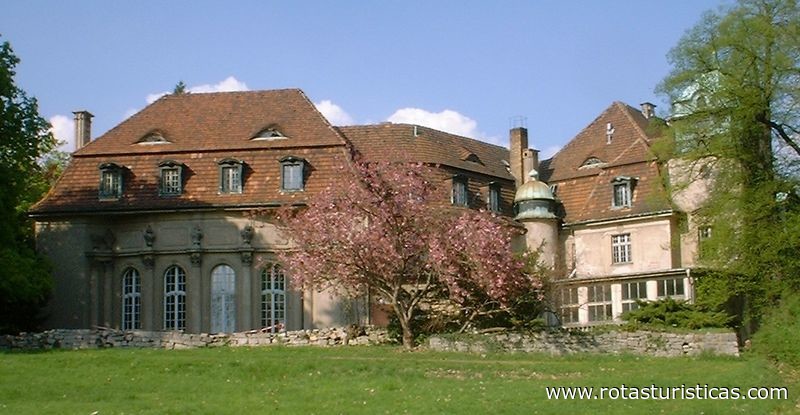 |
Pabellón de caza de Grunewald |
| 12,1 Km |
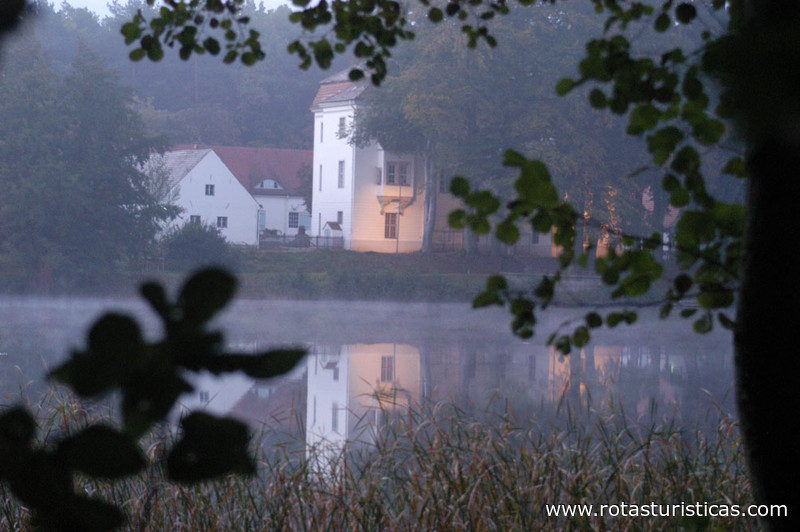 |
Museo aliado |
| 12,4 Km |
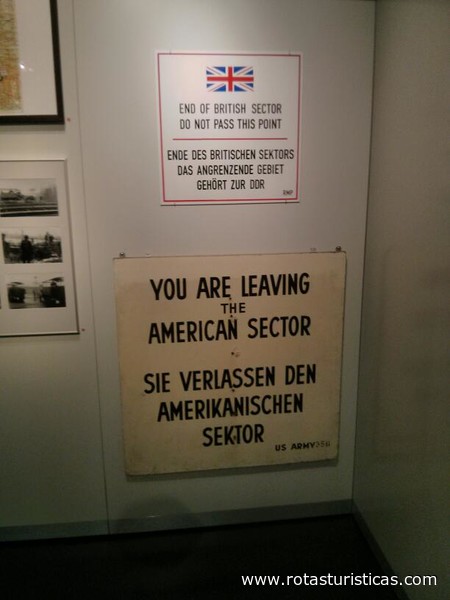 |
Museo del Puente |
| 13,0 Km |
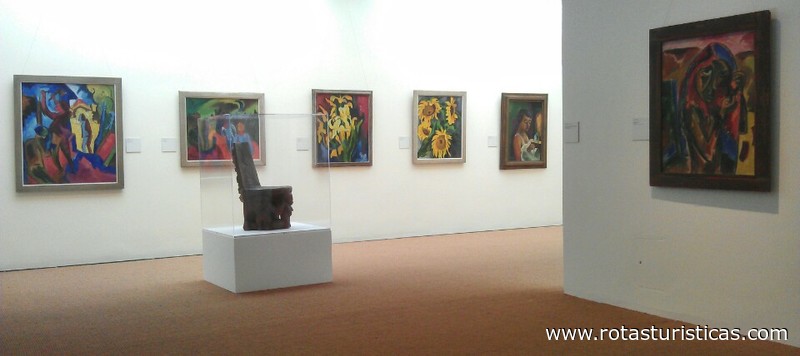 |
Dominio Dahlem |
| 13,6 Km |
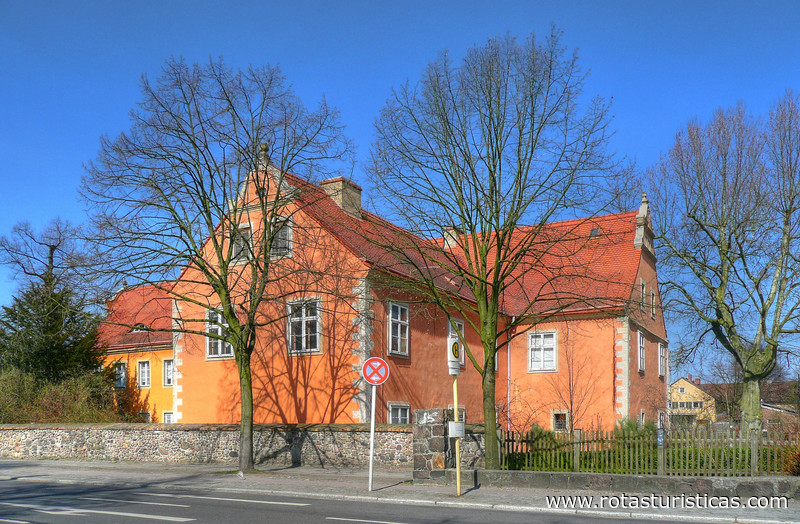 |
Museo de Arte Asiático |
| 13,7 Km |
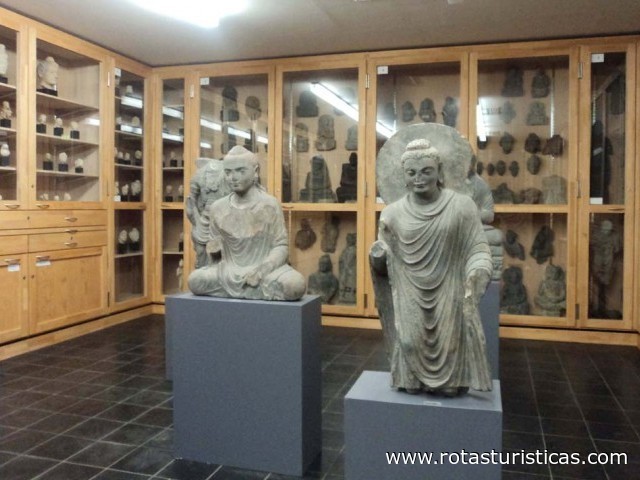 |
Museos Dahlem |
| 13,7 Km |
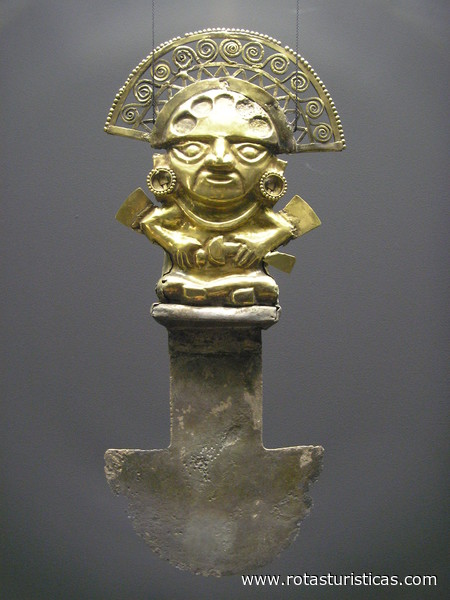 |
Museo Etnológico de Dahlem |
| 13,7 Km |
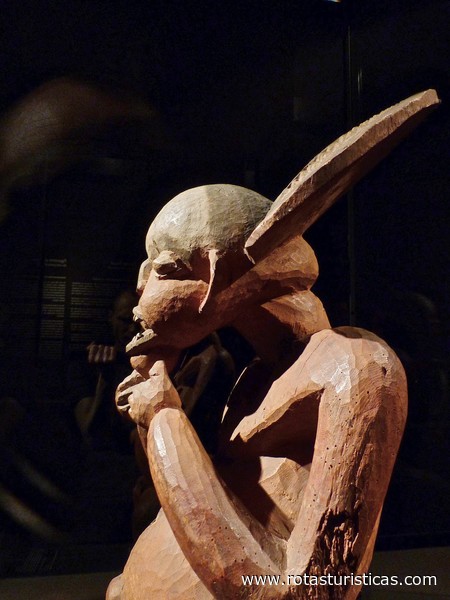 |
Iglesia Grunewald |
| 13,8 Km |
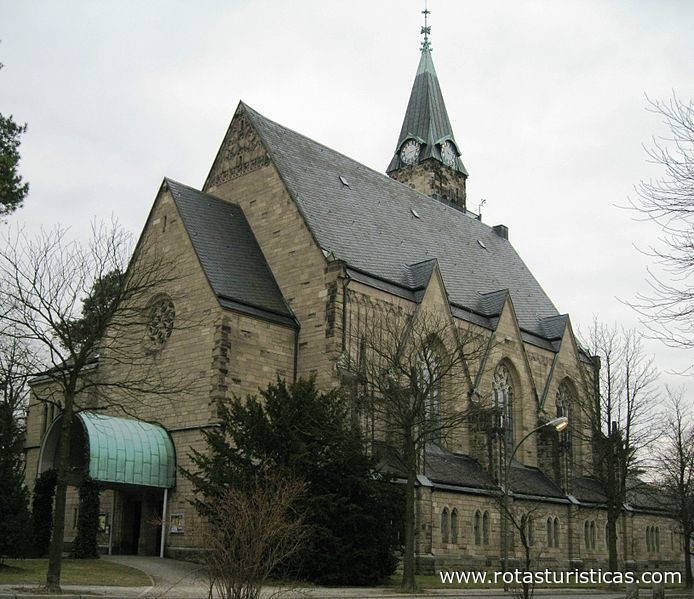 |
Cementerio de Heerstrasse |
| 14,2 Km |
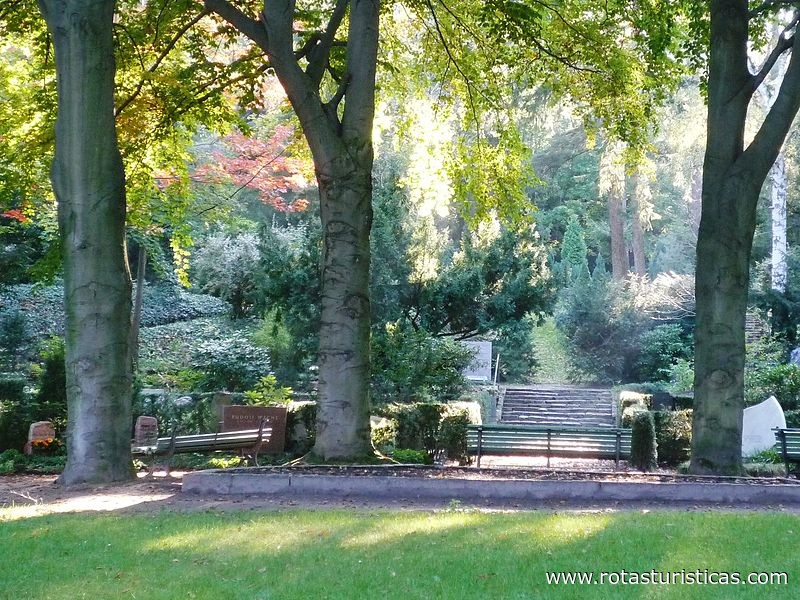 |
Museo Georg Kolbe |
| 14,3 Km |
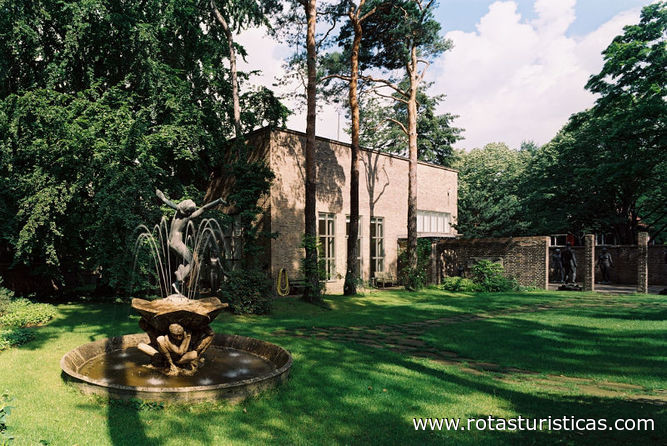 |
Jardín Botánico y Museo Botánico de Berlín-dahlem |
| 14,6 Km |
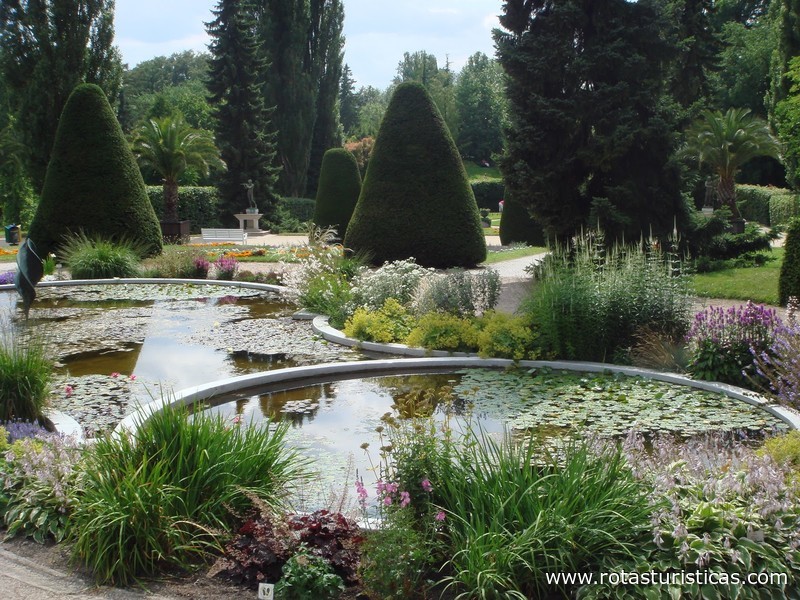 |
Ciudadela de Spandau |
| 15,0 Km |
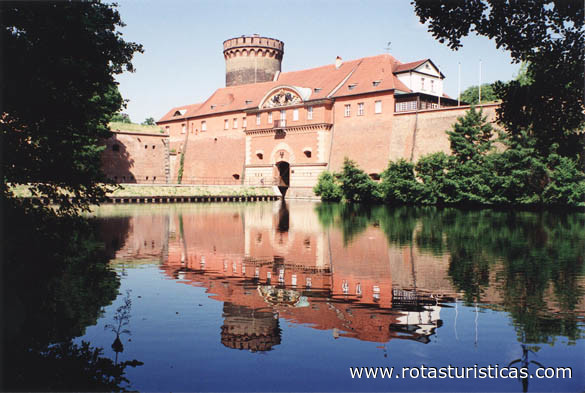 |
Catedral ortodoxa rusa de la resurrección de Cristo |
| 16,0 Km |
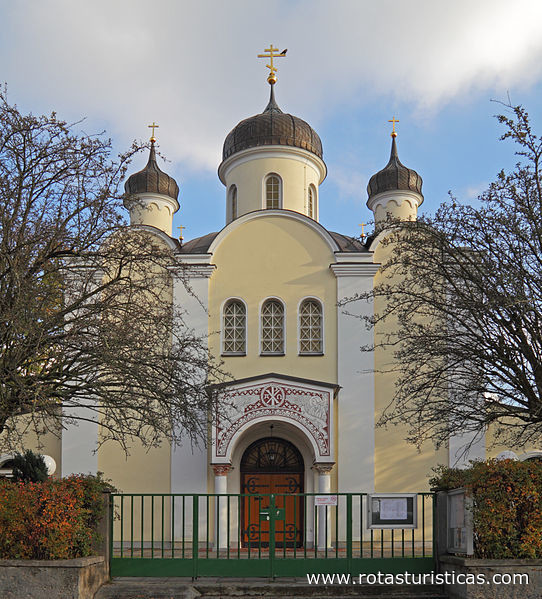 |
Iglesia del Buen Pastor |
| 16,5 Km |
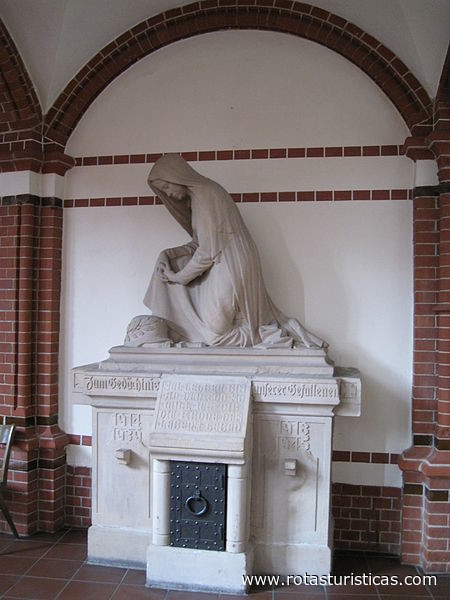 |
Museo Bröhan |
| 17,1 Km |
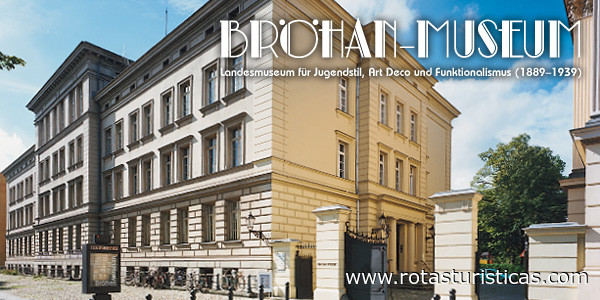 |
Museo Berggruen |
| 17,1 Km |
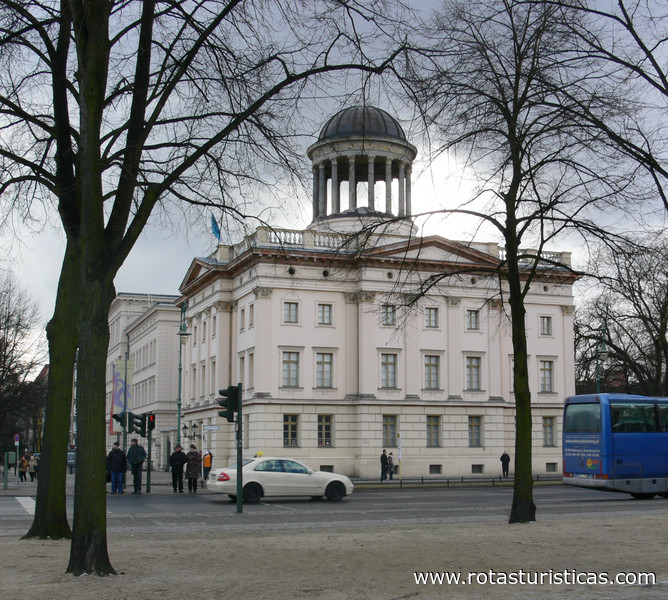 |
Colección Scharf-Gerstenberg |
| 17,2 Km |
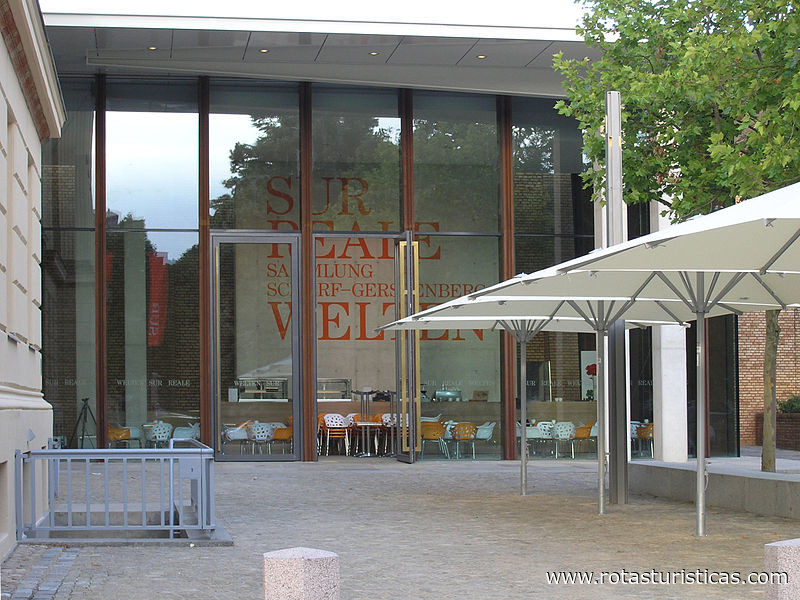 |
Palacio de Charlottenburg |
| 17,2 Km |
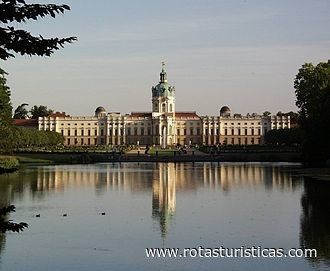 |
Centro de salud y natación Kristall Ludwigsfelde |
| 17,3 Km |
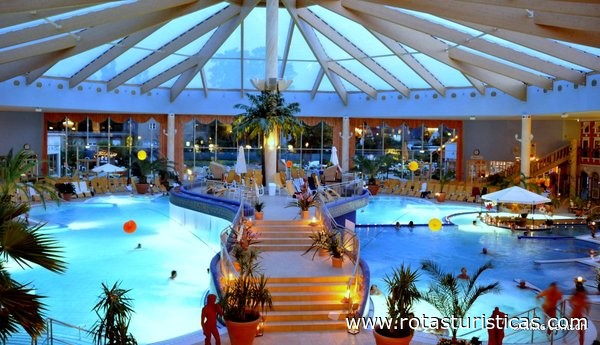 |
Iglesia en Hohenzollernplatz |
| 17,4 Km |
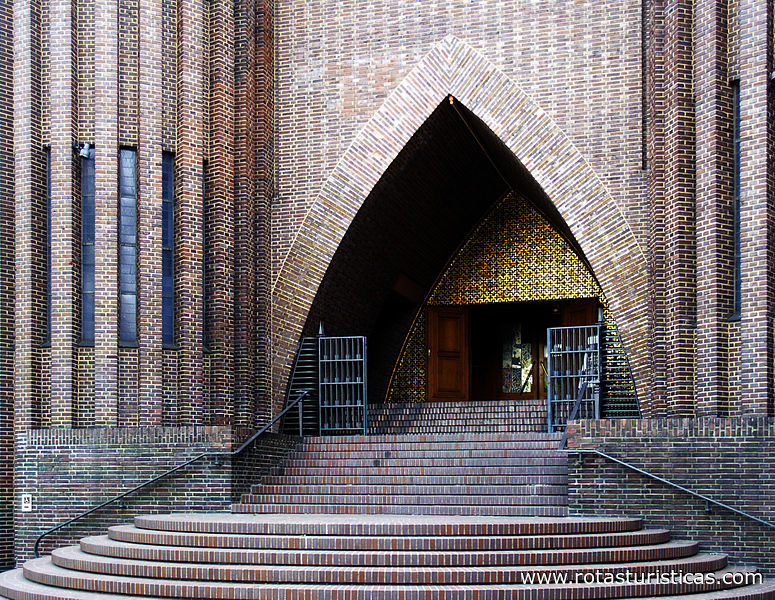 |
Parque salvaje Rudolph |
| 17,8 Km |
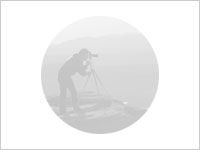 |
Museo Erótico Beate Uhse |
| 18,3 Km |
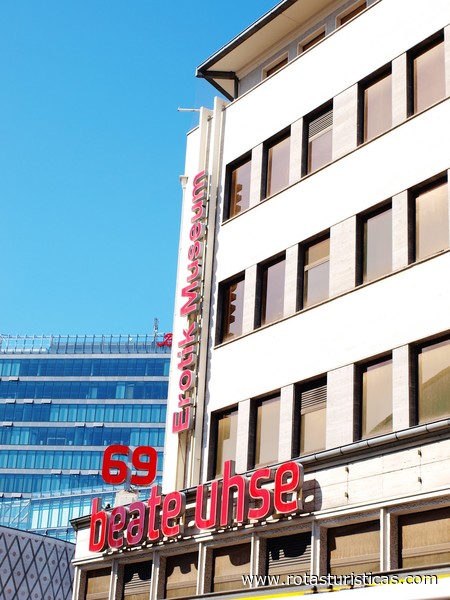 |
Parque natural de Schöneberger Südgelände |
| 18,3 Km |
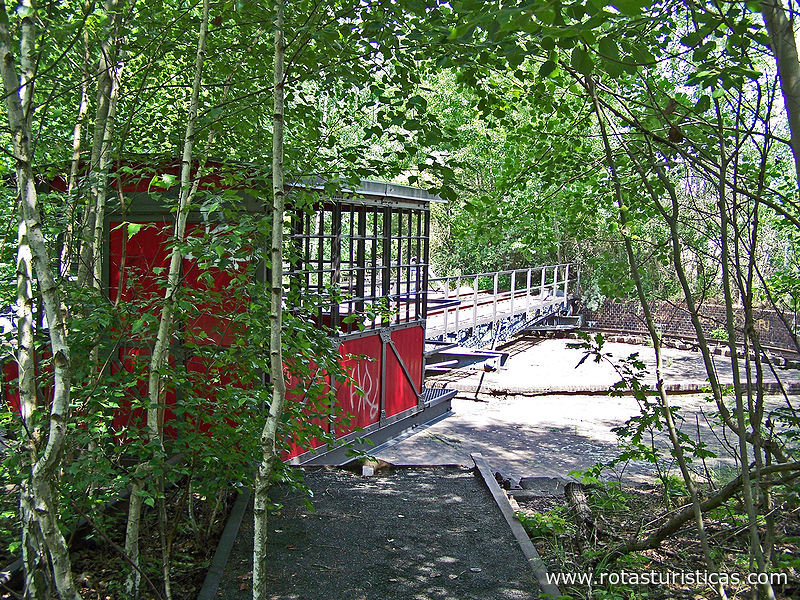 |
Iglesia Memorial Kaiser Wilhelm |
| 18,5 Km |
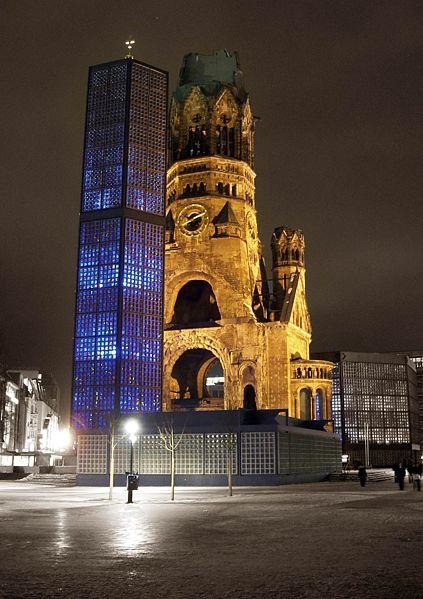 |
Iglesia Memorial Kaiser Wilhelm |
| 18,5 Km |
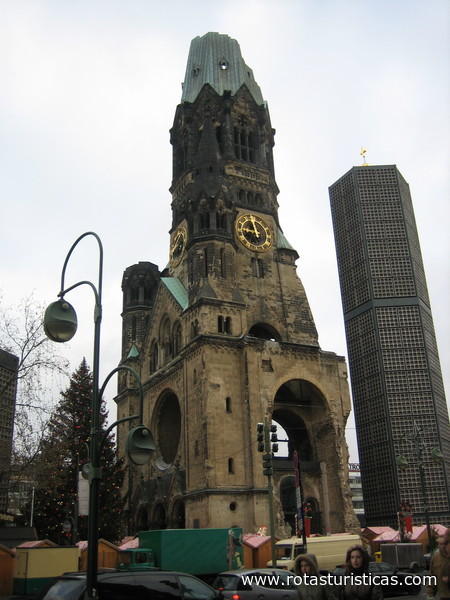 |
Museo de fotografía |
| 18,5 Km |
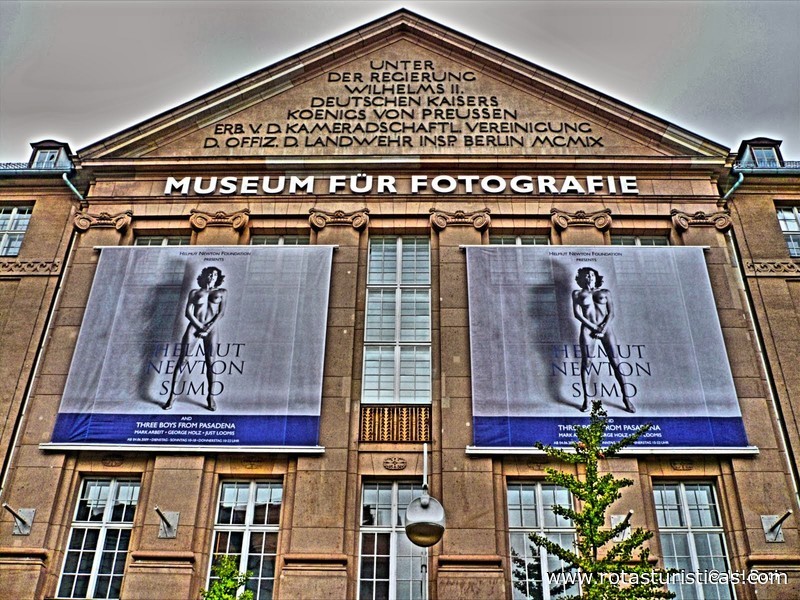 |
Parque público Jungfernheide |
| 18,5 Km |
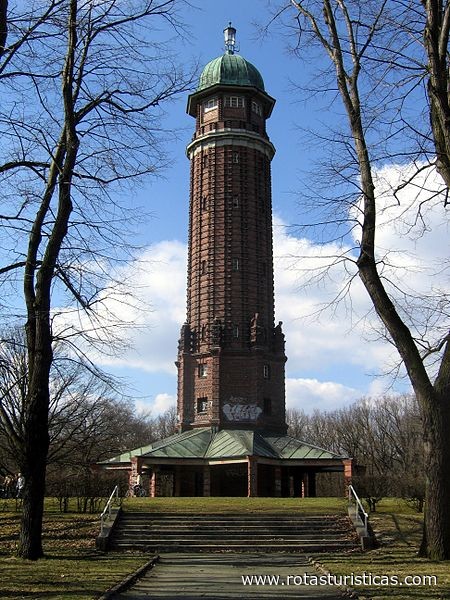 |
María Regina Martyrum |
| 18,7 Km |
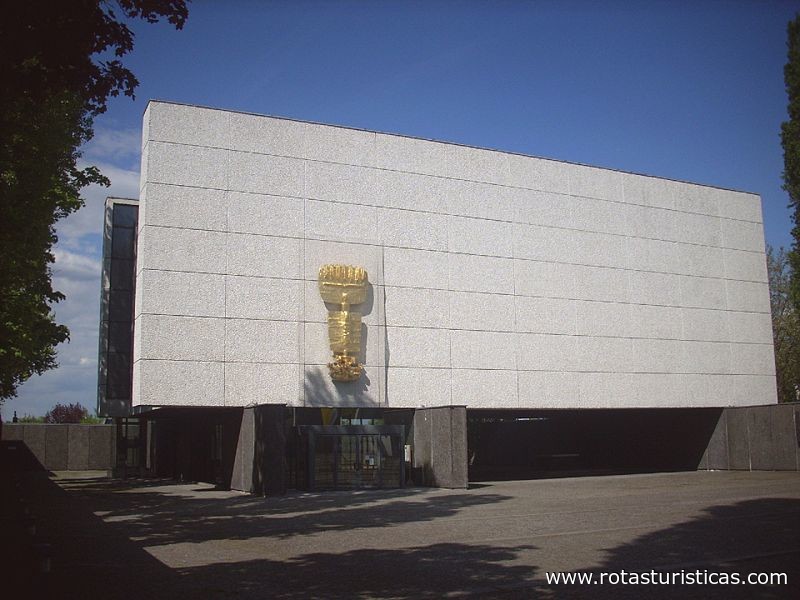 |
Iglesia en memoria de Martín Lutero |
| 19,3 Km |
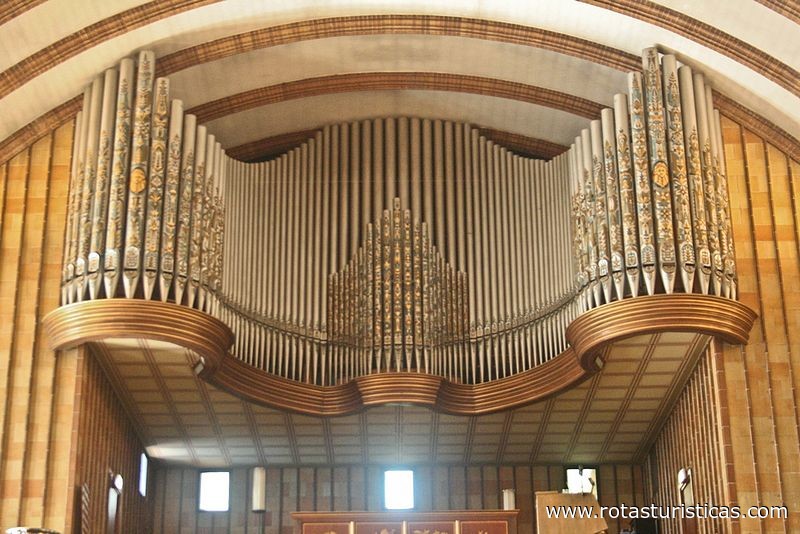 |
Iglesia Evangélica Kaiser Friedrich Memorial |
| 19,5 Km |
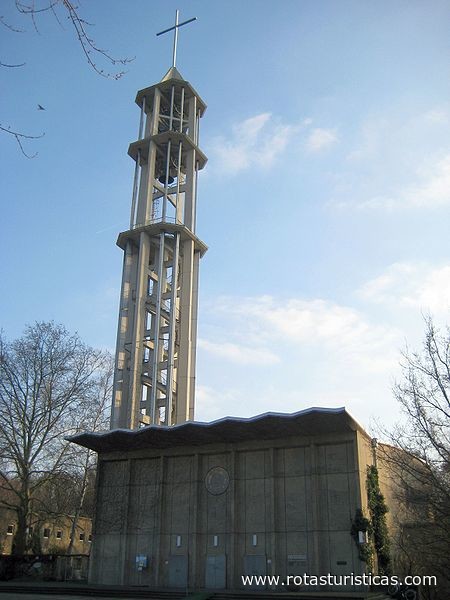 |
Iglesia de los doce apóstoles |
| 19,6 Km |
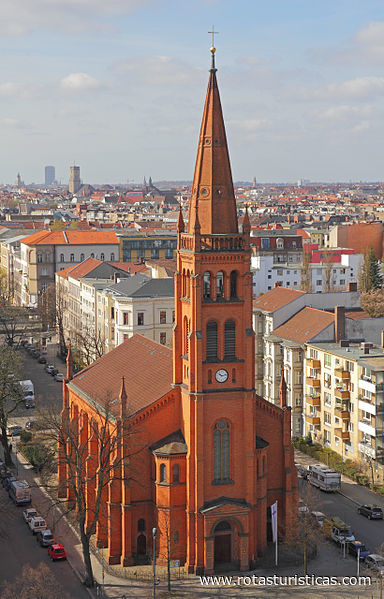 |
Archivo Bauhaus |
| 19,7 Km |
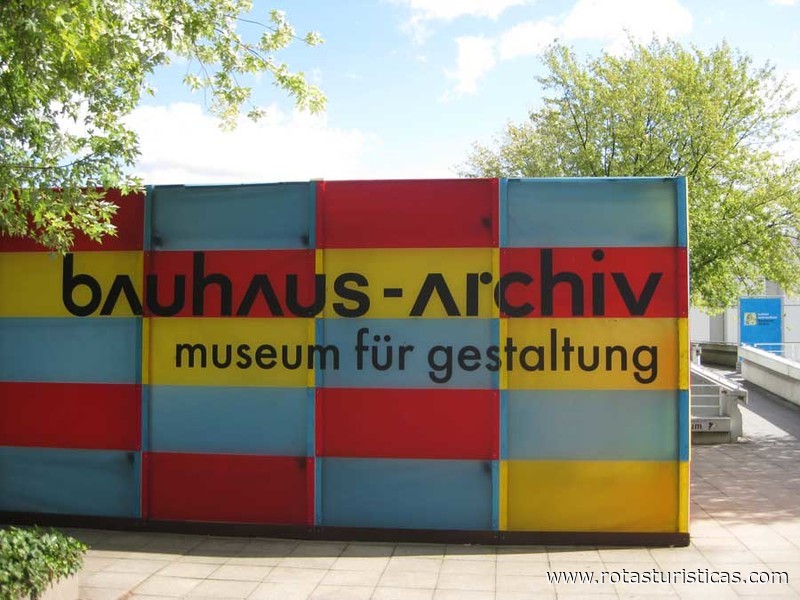 |
Columna de la victoria |
| 19,9 Km |
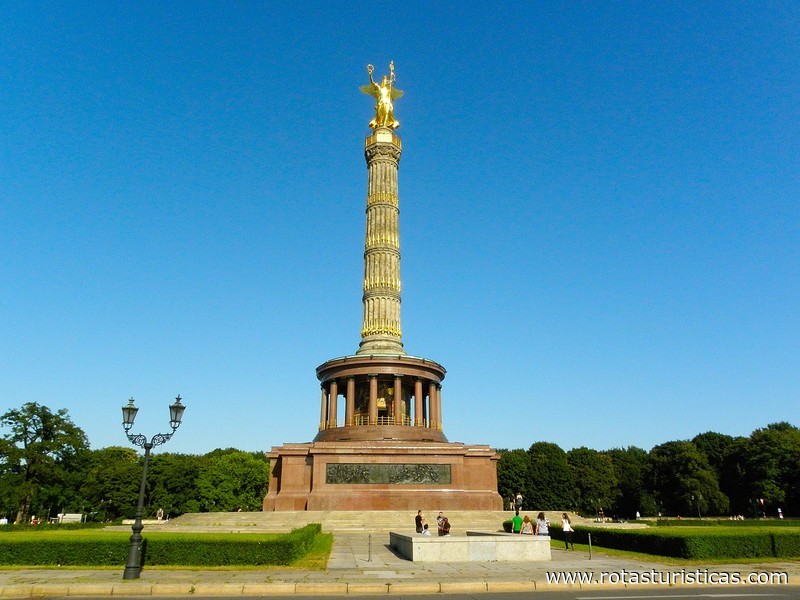 |
Columna de la Victoria |
| 19,9 Km |
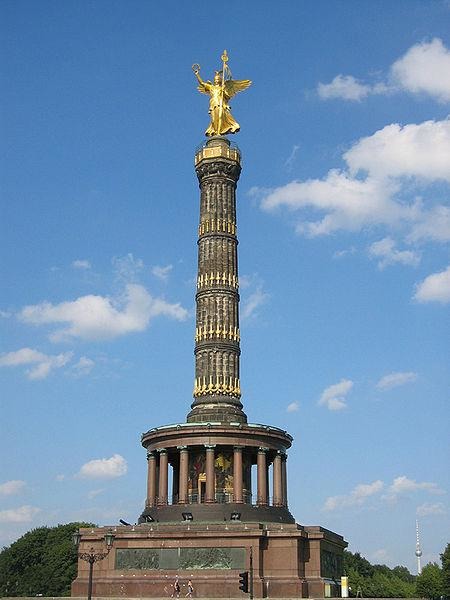 |
Heilandskirche |
| 20,0 Km |
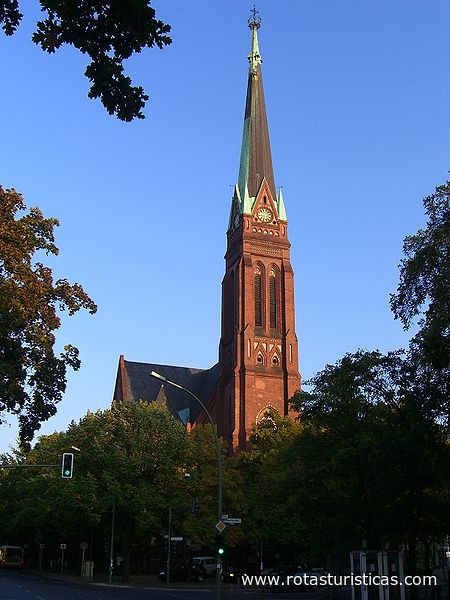 |
Hotel reservation near Church of The Redeemer within a radius of 20 km
Why to book with RUTAS TURISTICAS
The best prices
Our partnerships with the world´s largest operators offer research on the best market prices.
More options
At Rotas Turisticos you can book the hotel, buy the air ticket, book the transfer from the airport to the hotel and vice versa, book the local excursions, rent the car, take travel insurance and consult the places to visit and where to go.
Holiday Tips & Destinations
Hundreds of holiday destinations with all the options that allow you to easily choose the destination that best suits your dream vacation.
RUTAS TURISTICAS
Links


